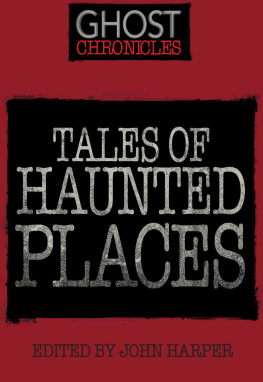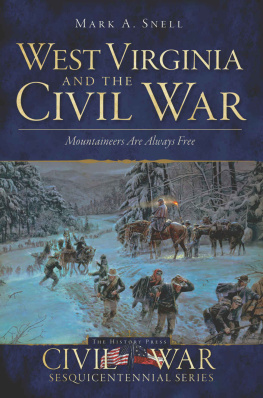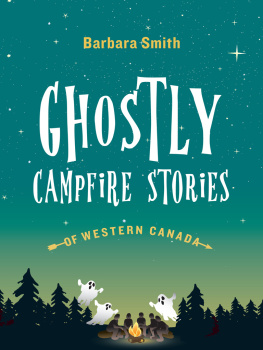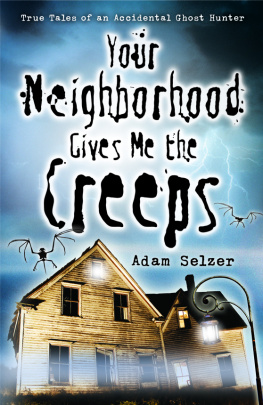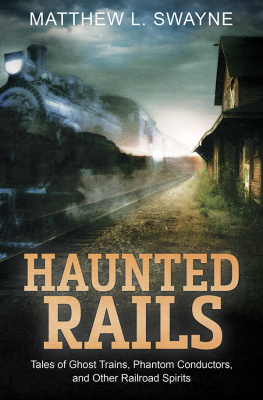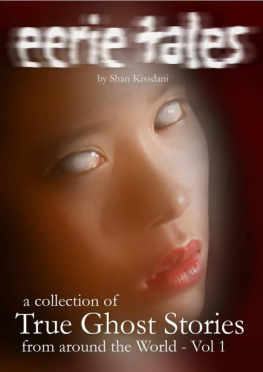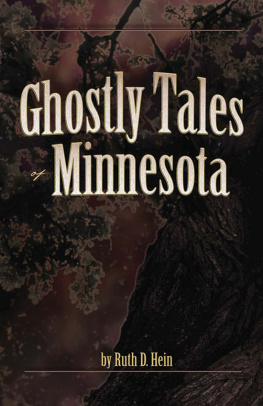Copyright 1965 by The University Press of Kentucky
Paperback edition 1976
The University Press of Kentucky
Scholarly publisher for the Commonwealth,
serving Bellarmine University, Berea College, Centre College of
Kentucky, Eastern Kentucky University, The Filson Historical Society,
Georgetown College, Kentucky Historical Society, Kentucky State
University, Morehead State University, Murray State University,
Northern Kentucky University, Transylvania University, University of
Kentucky, University of Louisville, and Western Kentucky University.
All rights reserved.
Editorial and Sales Offices: The University Press of Kentucky
663 South Limestone Street, Lexington, Kentucky 40508-4008
www.kentuckypress.com
10 16 15 14
The Library of Congress has cataloged the hardcover edition under
the following control number: 64014000
ISBN-10: 0-8131-0136-0 (pbk: acid-free paper)
ISBN-13: 978-0-8131-0136-1 (pbk: acid-free paper)
This book is printed on acid-free recycled paper meeting
the requirements of the American National Standard
for Permanence in Paper for Printed Library Materials.
Manufactured in the United States of America.
Introduction
A NYONE WHO has ever lived in West Virginia, or even traveled through the state, can easily see what an ideal place it would be for ghosts. It is an unending sequence of hills and valleys, with a backdrop of other mountains in the distance. Over all these mountains and valleys is a wilderness of shrubbery and trees so that genuinely lonesome places exist in almost all sections of the state. Hundreds or even thousands of ghosts could gather nightly on West Virginias hills or sigh from the treetops, and few living souls would know the difference.
But West Virginia has more than a ghostly setting. As everyone knows, a ghost presupposes a murder, or at least an unusual death, and West Virginia has had no lack of either. The Mountain State can boast of a long list of such violent deaths throughout the years. Probably trouble with Indians, the Civil War, and mine accidents have contributed more generously toward ghost origins than any other factors, but cruel slave owners, the killers of wandering peddlers, and other murderers have helped too. It is altogether possible that one of my distant relatives, Devil Anse Hatfield, added to the number of West Virginias ghosts.
And yet, in spite of the evident hard circumstances under which most of these unfortunate creatures died, West Virginias ghosts, as a whole, do not come back for revenge.
It may be that many of them come back in a kind of nostalgiato get another look at the hills. Even the victim of a scythe murder, over a hundred years ago, did not come back in malice. The poor thing evidently preferred West Virginia to wherever he wasand particularly wanted to locate his head, which had been separated from his body in death. Ghosts do not like such separations, but most of them are polite about it and, headless or otherwise, are far less hostile than people realize. In speaking of New York ghosts, Louis C. Jones says far, far more come back with kindly purposes in mindthan come back in anger, and West Virginians are much the same. Perhaps the tales represented here may not bear this out very well, but my entire collection of ghosts will.
Since the early 1950s, a great deal of research has been completed on the folktale, including ghost stories. Ernest Baughmans Ph.D. dissertation, A Comparative Study of the Folktales of England and North America, devotes 128 pages to Motif E with the addition of numerous motifs concerning the dead. Stith Thompsons Motif-Index of Folk Literature has been revised and enlarged to include much of the scholarship of the last thirty years. In the revision there are thirteen additional pages on Motif E. Also a number of ghost stories, or collections containing ghost tales, with comments and references, have come out within the last ten years.
Prior to 1950, various scholarly articles on ghosts had been published, including a study of The Vanishing Hitchhiker, but the great surge of scholarly work on motif indexes (barring Stith Thompsons earlier six-volume edition), especially motifs concerning ghosts and the dead, has been made available only since 1950. Consequently, although comparatively few ghost tales could be identified some fifteen years ago, now almost all of them can be classified under one or more motifs.
However, even though they are a form of the folktale, and a very early form, comparatively few ghost stories can be identified as Tale Types. In the hundred tales represented here, only one, Seven Bones, can be so identified. It is Tale Type 365, The Dead Bridegroom Carries Off His Bride.
A selection of one hundred ghost stories could hardly give a complete picture of West Virginias people. However, I think these tales do suggest something of their lives, oral culture, and beliefs. One may also read into this collection, as into any collection of folklore, something of the history of the stateeven before 1863.
When I started to collect West Virginia folk material in the fall of 1946, it never occurred to me that any possible ghost story collection might be grouped to form a historical pattern. Now when I look over some of the classifications Negro Slaves, Railroad Ghosts, Animals and Birds, Headless Ghosts, Omens of Death, Mine Ghosts, Immigrant Ghosts,and think of the stories and beliefs involved, it seems to me that such tales could be grouped to represent a history of not only West Virginia, but almost any other state, and possibly even the United States.
Until recently, I had no idea that the ghost stories of a people might reflect their inner livestheir beliefs, fears, and hopes. Now, I think they may. For example, I understand when Negro workers were brought here from Alabama in the early 1900s to replace striking miners, the men had a terrible fear of the mines. Some of this fear may still exist, as shown in Big Max. The beliefs of respective countries are also illustrated in Possessed (Italian), Big Johns Ghost (Welsh), and The Old Horse (Hungarian), although all of these tales are supposed to have happened within ten miles of Fairmont. I have not found that the younger people, especially those whose parents or grandparents grew up in Europe, scoff at their older relatives experiences or beliefs.
Perhaps a combination of circumstances has given West Virginia a plenitude of ghost stories. Its isolated hills and little-traveled roads were suitable scenes for deeds of violence. Even in the late 1700s, when unprotected settlements were being massacred by Indians or white renegades, the victims in western Virginia may have outnumbered other such sections because of the remoteness of the districts. Also, the dark wilderness itself may have given rise to supernatural beliefs.
These fatalities seem to have continued through the years, even in matters of the growth and development of the state. Railroads, road building, the construction of tunnels and bridges, all took heavier tolls in lives than usual, since the whole section was a mass of mountains. (In recent years there have been a large number of highway deaths for the same reason, although, barring the hitchhiking girl tales, of which all states have a number, few ghosts have been reported from them.)


